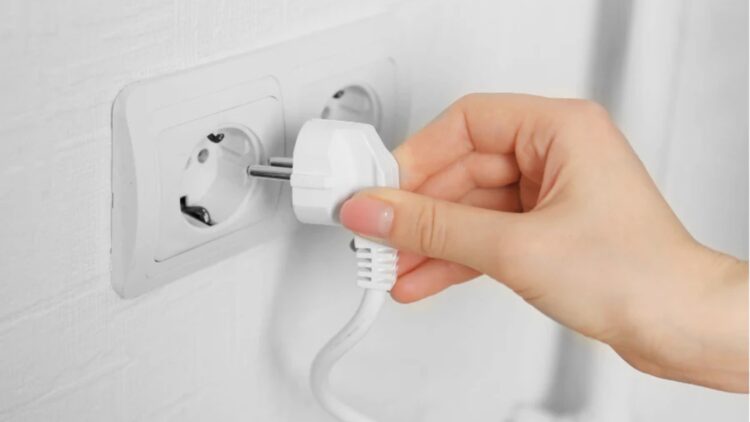We have turned on the heaters and pulled warm clothing out from the back of the closets to celebrate the arrival of autumn. However, cold means high energy costs, so maybe we should try to limit consumption since this year is predicted to be colder (and more expensive).
Many people still don’t know about phantom power, an invisible energy leak that silently makes the electricity bill higher. Without you even realizing it, this “invisible” use of electricity can increase your household’s energy consumption by about 10%. The good news? It’s easy to cut down.
In a single season, a typical household could save about 200 kWh by unplugging a few common electronic devices. Just minor adjustments and a little awareness.
Phantom power: what is it?
Phantom power, sometimes called standby power, is the electricity that some devices continue to use even when you believe they are turned off. In order to be able to start more quickly, stay connected to Wi-Fi, listen for remote controls, display a small light, or keep a clock running, many devices stay in a “ready” state rather than completely shutting down. All of that requires energy.
One device in standby doesn’t might not be a big issue… by itself. However, a few devices in phantom mode around the house could becomes real money and real impact, because every additional kWh usually means more resources are used to generate power, that wasted energy has an impact on sustainability in addition to your electricity bill.
If a device is plugged in and has a screen, a clock, a light, or it have to be ready to turn on fast at any point… Even when you’re not using it, it’s most likely using electricity.
The main devices stealing energy at your home
1. Microwave
The microwave’s control panel and digital clock often remain “on” even when nothing is being heated. All day long, that small screen consumes electricity. So if you are not using that clock, maybe you can unplug it.
2. Computer and printer
Power is still being used by a computer that’s on “sleep” mode and a printer that is left on standby. One simple way to reduce phantom power is to turn them off entirely or unplug them when you’re done working, studying, or playing games.
3. Charger
Even when no device is connected, chargers, like for your laptop, tablet, or phone continues to pull power as long as it is plugged into the wall. Make it a practice to unplug your chargers after using them. It’s a small change, but it actually saves energy.
4. Console
When your game console is in standby or rest mode, it doesn’t completely shut off. It might stay connected in case it needs to start quikly or do un update, but this functionality comes at an energy cost. Unplug it or turn it completely off if you’re not playing.
5. TV and cable box
This are the best examples of phantom power thieves. Cable boxes stay warm and prepared around-the-clock, and smart TVs usually have sensors and apps always running in the background. If you’re done watching that movie, unplug it! It can save you a surprisingly large amount of energy at home.
Simple habits for smarter energy use
To fight phantom power, follow a few simple techniques: unplug anything you’re not using, use power strips with switches, and keep an eye on devices or appliances that are left on all day without any apparent reason.
You could save about 200 kWh over the fall season. It also means a more sustainable approach to managing your home energy and energy savings, as well as less money wasted, which is wouldn’t be sob bad considering the inflation pressure right now.
